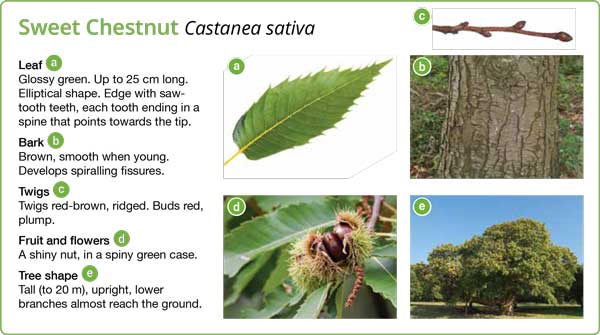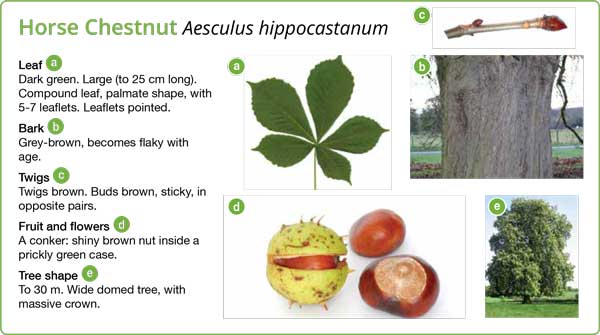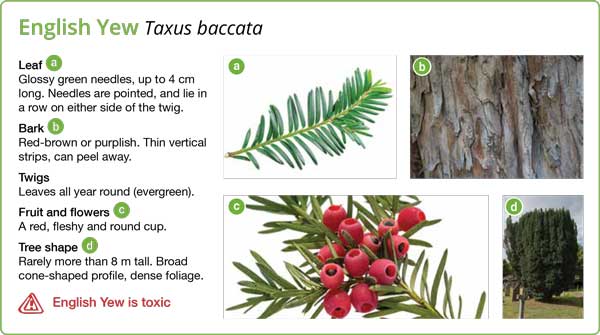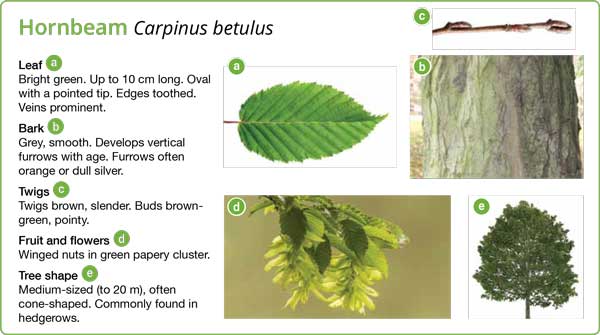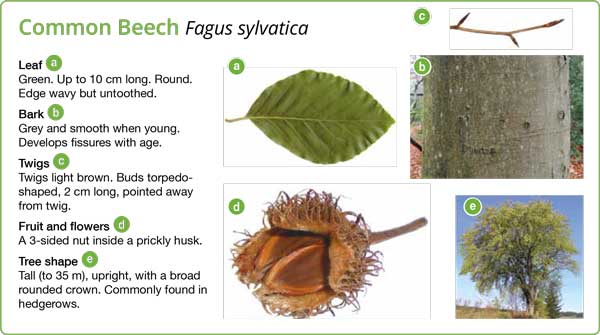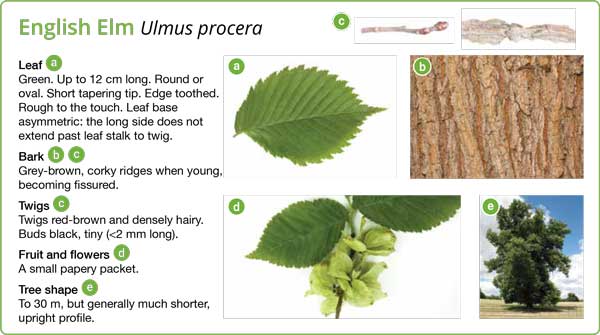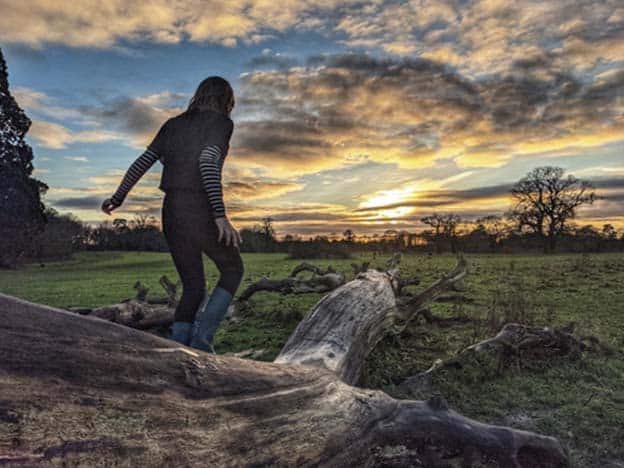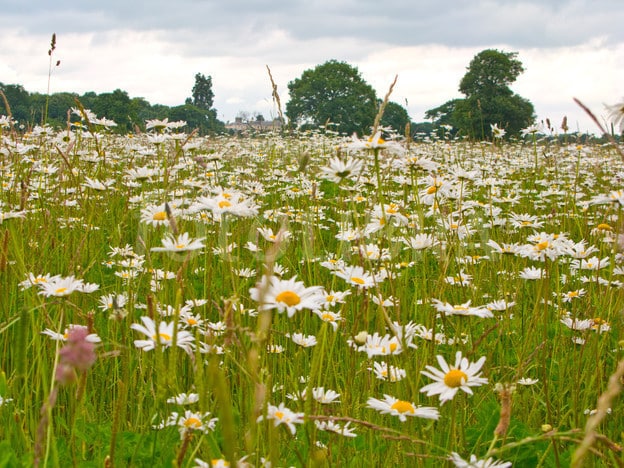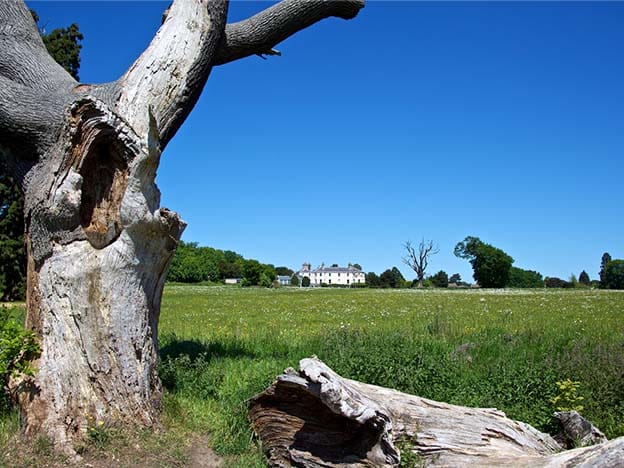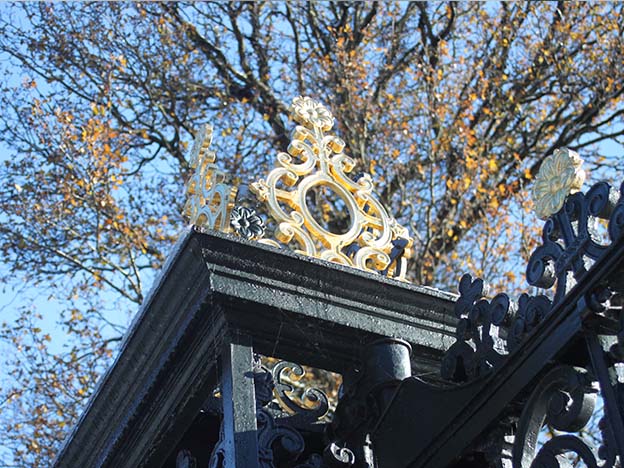Trees of Catton Park
Home » Trees of Catton Park
Most of the Oaks in Catton Park are considered to be around 500 years old, these are classed as veteran trees and have a historic link with the park as some would have formed part of Humphrey Reptons original landscape.
These trees would have started life in the 1500’s as part of hedge rows surrounding small fields, as the hedges were taken away the trees were retained to form the park.
Oak wood is ideal for furniture making and was at the heart of Britain’s buildings, ships and the navy. For Britain’s wealth was built on this wood.
Acorns were valuable for food to pigs and land was often measured out by the number of swine its oak woods could support, this was known as pannage.
Dried and stripped of their seed coats acorns can also make a bitter coffee substitute once roasted and ground.
The bark was also used in the process of turning cow skins in to leather, with the bark producing that dark brown colour because of the tannins that it contains.
Some of our big veteran sweet chestnuts are around 300 years old and often have a twisted trunk with the bark being diamond shaped.
The Romans probably brought the tree to Britain, as they used the nuts to make a mash called polenta.
The sweet chestnut seeds are well protected in their prickery shells but these will open up to reveal the shiny brown nuts, which are great roasted.
These trees make excellent coppice plantations, where their cut on a rotation to produce wood for different types of fencing, charcoal and other crafts.
No relation to the sweet chestnut and brought from eastern Europe to western Europe in the 1600’s.
The conker is inedible, except to the squirrels! People played conkers in Britain before the horse chestnuts grow here, ‘conker’ is an old word for snail-shell used in the original version of the game.
On the trees tall upright candle like flowers of white and pink grow in spring.
The Horse chestnut is now affected by the leaf miner which damages the leaves and makes them shrivel and turn brown by late summer and fall early, well before they should do. The damage occurs after most of the growth of the tree has taken place, there’s been no evidence that this kills the tree.
Yews can be ancient slow growing trees, they are evergreen meaning that they stay green though out the winter.
The yews come into flower early, usually in February, the male flowers are a cone shape and yellow, dispersing clouds of pollen in dry weather. The female flowers are tiny green buds which in turn, turn into the bright red seeds the yew is so well known for. The seeds and leaves are poisonous.
In the park we let the lower branches of the yew trees reach ground level so these will eventually take root and form new trees whilst supporting the parent tree.
Yew wood was used to make longbows and is also used for furniture making, the 17th century arborist John Evelyn recommended Yew wood for: “Parquete-floors, cogs of mills, axles and wheels, the bodies of lutes, bowls, pins for pulleys and for drinking tankards.”
This tree could be mistaken for beech, but can be told apart by the long ribs on the bark and the jagged toothed leaves.
The wood is extremely hard and resists blows, the wood has been used to make Tools- mallets, handles, wooden screws, striking hammer in piano’s, balls and skittles and butchers chopping blocks. The wood is not very popular for ordinary carpentry.
The biggest beech trees in the park are estimated to be between 250-350 years old,
These are now going in to decline as they don’t have a very long life expectance and are now prone to bracket fungi and disease like honey fungus.
The trunks can grow to a great size having smooth gray bark, the branches and twigs form a slightly zig-zag pattern pointing upwards to give it a domed outline.
The beech mast which is the seed, is encased in a brown spiny husk which splits open when ripe. Many woodland birds and mammals feed on the seeds to get them through the winter.
Timber is well used for furniture making and kitchen utensils.
Well known for its winged seeds which produce large numbers of young trees.
The tree can grow so quickly that it’s fully grown within 50-60 years and can live up to about 250yrs.
The large dark green leathery leaves have 5 lobes with toothed edges.
The close grain and firmness of the wood can be worked with ease by a carpenter, again can be used as kitchen utensils as the wood does not stain from or gives any taint to food.
English Elms are infertile although the fruit holds seeds, so new trees can not grow from them. They grow from root suckers sending up new shoots.
The elm is not a native to Britain and was introduced by the Romans.
Dutch elm disease has wiped out most of the big old trees and continues to do damage to the rest of the tree stock. The disease is introduced to the tree by the elm bark beetle which feeds on the tree.
The wood was significantly used to make coffins and packing cases as the wood could be nailed without splitting, other uses were for wheels and chair seats.


